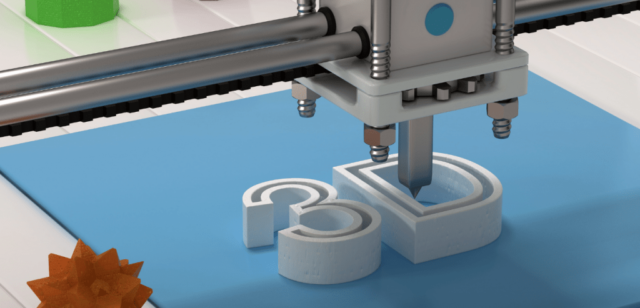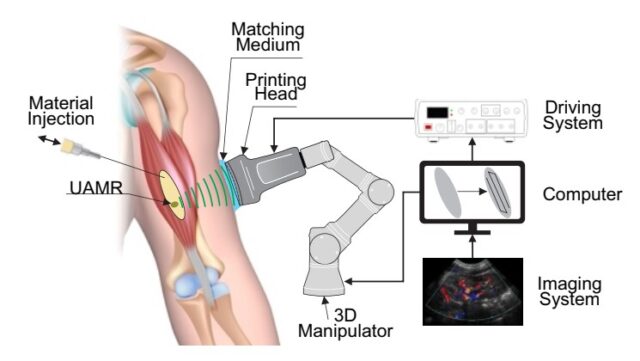3D printing uptake has gone mainstream now. Earlier, 3D printing was first only appropriate for prototype and one-off manufacturing. It is now fast evolving into production techniques. The predominance of current 3D printing demand is industrial for now. According to Acumen Research and Consulting, the worldwide 3D printing business would be worth $41 billion by 2026. Different research centres around the world are experimenting. And they are discovering unprecedented ways of using 3D printing in different sectors like industries, medicine and the likes. But before jumping on one of the acknowledged discoveries, let us understand what 3D printing is.
What is 3D printing?
In simple words, 3D printing is a process of creating tri-dimensional physical objects. The objects are made on the basis of designs created on the computer. There are a variety of processes. The primitive 3D printing system was invented in 1987 by Chuck Hull. Hideo Kodama’s initial work in laser cured resin rapid prototyping is also well recognised. However, the stereo lithography process of 3D printing by Hull is considered the emergence. There are a number of ways 3D printing is put into actions. Widely known 3D printing technologies are as follows;
Stereo lithography (SLA)Digital Light Processing (DLP)Fused Deposition Modelling (FDM)Selective Laser Sintering (SLS)Selective Laser Melting ( SLM)Electronic Beam Melting (EBM)Laminated Object Manufacturing (LOM)
Also read: https://www.techthirsty.com/different-types-and-uses-of-3d-printing/
3D printing using sound waves: a new magnitude
3D printing often incorporates spreading layers of plastic, ultrasonically granulated metal, or hardening gelatine resin with UV radiation. But there has been an addition to the list of the technologies mentioned above. A new technique, however, offers an alternative by using sound waves. The technology, known as Direct Sound Printing (DSP), was developed by a team of scientists at Concordia University in Canada. A transducer is utilised in the present version of the procedure to send concentrated pulses of ultrasound through the sides of a chamber into liquid polydimethylsiloxane (PDMS) resin stored therein. This generates ultrasonic fields, causing swiftly fluctuating small droplets to develop at certain points in the resin. As the bubbles fluctuate, the temperature within them climbs to almost 15,000 degrees Kelvin (14,727 ° C or 26,540 degrees Fahrenheit) and the tension inside them surges to over 1,000 bar (14,504 psi). The abrupt temperature increase and compression lasts for several picoseconds (trillionths of a second). It leads liquid resin to harden at the precise location of the bubble. As a result, the transducer on a specified path moves gradually. Furthermore, a detailed three-dimensional structure can be built up – one tiny pixel at a time. DSP, in addition to generating very little, intricate items, enables objects to be non-invasively created within other formations with translucent coatings.





